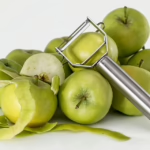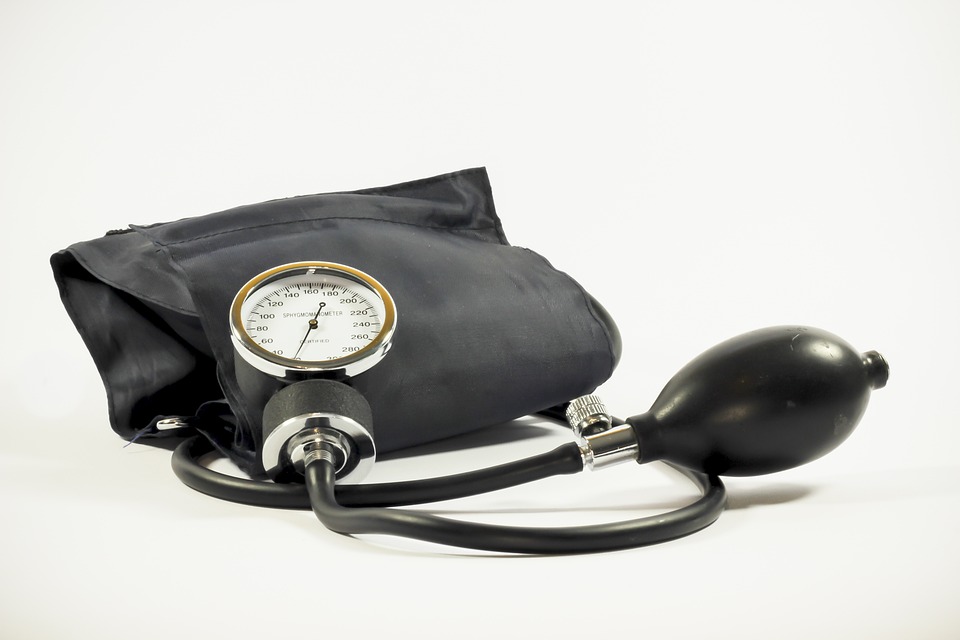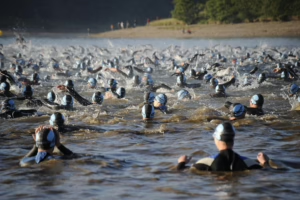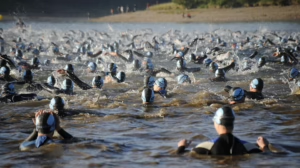Pressure Points Demystified: Effective Techniques for Self-Care
Introduction
In our fast-paced, modern world, stress and tension have become common companions. As a result, more and more individuals are seeking natural, effective methods to alleviate discomfort, reduce stress, and promote overall well-being. One such method that has gained significant popularity is the practice of pressure points and acupressure. This article will explore the concept of pressure points, their historical significance, and effective techniques for self-care centered around them.
Understanding Pressure Points
What Are Pressure Points?
Pressure points are specific locations on the body that, when stimulated, can lead to a variety of therapeutic benefits. Often rooted in traditional Chinese medicine, these points are believed to correspond to different organs and systems within the body. When stimulated through techniques such as acupressure or acupuncture, these points can help alleviate issues ranging from headaches to digestive problems.
Historical Context
The study of pressure points can be traced back thousands of years to ancient civilizations, particularly in Chinese medicine. The concept of Chi, or vital energy, forms the foundation of these practices. Traditionally, practitioners believed that blockages in this vital energy could lead to disease and discomfort. The stimulation of pressure points aimed to restore balance and promote healing.
Pressure Points in Other Cultures
While pressure points are most commonly associated with traditional Chinese medicine, similar concepts exist in various cultures. For instance, Ayurvedic medicine in India also recognizes energy points or “marma” points. Various forms of massage, reflexology, and even sports therapies utilize the idea of pressure points to relieve tension and pain.
The Science Behind Pressure Points
How Do They Work?
The mechanisms through which pressure points exert their effects are multifaceted. Stimulation of these points can trigger the release of endorphins, improve blood circulation, and enhance the body’s natural healing processes. This can lead to pain relief, reduced inflammation, and overall improved emotional well-being.
Neuroanatomy of Pressure Points
Research suggests that pressure points may correspond to clusters of nerve endings. Stimulation at these points can lead to the activation of specific neural pathways, which transmit signals to the brain. This interaction can help modulate pain and stress responses.
Current Research
Although more research is needed to fully understand the mechanisms at play, several studies have demonstrated the efficacy of acupressure in treating various conditions, including migraines, anxiety, and nausea. Meta-analyses have shown positive outcomes, establishing acupressure as a viable self-care technique.
Self-Care Techniques Using Pressure Points
Basic Self-Care Techniques
-
Finding Your Pressure Points: The first step in practicing pressure point therapy is to identify the correct points for your needs. Common pressure points include the following:
- LI4 (Hegu): Located between the thumb and index finger. Effective for headaches and stress relief.
- PC6 (Neiguan): Found on the inner forearm, two finger-widths from the wrist crease. Known for alleviating nausea and anxiety.
- ST36 (Zusanli): Located about four finger-widths below the kneecap on the outer side of the leg. Used to boost energy and digestive health.
-
Basic Technique: Applying firm, steady pressure to a point for 30 seconds to a couple of minutes can yield positive effects. It’s essential to remain relaxed and focus on breathing deeply to enhance the benefits.
-
Rhythmic Pressing: Instead of consistent pressure, you can use rhythmic pressing (about 2-3 seconds on and off). This method can stimulate circulation and enhance relaxation.
-
Using Tools: If preferred, various tools (e.g., acupressure mats or balls) can be utilized to apply targeted pressure to specific points more conveniently.
Advanced Techniques
1. Body Mapping
Body mapping involves creating a comprehensive visual representation of pressure points corresponding to various body systems. By understanding the interconnectedness of these points, individuals can target their self-care practices more effectively. For instance, visual aids can help users locate points that connect to their particular health concerns.
2. Combining Techniques
For enhanced self-care, consider combining pressure point techniques with other practices such as:
-
Breathing Exercises: Engaging in deep, slow breathing while applying pressure to points can significantly amplify relaxation effects.
-
Essential Oils: Using essential oils (like lavender or peppermint) while practicing acupressure can create a synergistic effect, enhancing relaxation and relieving stress.
-
Mindfulness Meditation: Being present and focusing on the sensations experienced while practicing pressure point techniques promotes a more profound understanding and connection to the body.
Pressure Points for Specific Issues
1. Stress and Anxiety
-
Pressure Point: LI4 (Hegu)
Technique: Apply pressure for 1-2 minutes while breathing deeply. This can help alleviate acute stress and anxiety.
-
Pressure Point: PC6 (Neiguan)
Technique: Stimulate this point while sitting quietly for a few minutes, focusing on your breath.
2. Headaches
-
Pressure Point: GB20 (Feng Chi)
Technique: Located at the base of the skull, apply pressure in a circular motion while tilting your head forward. This can provide relief for tension headaches.
-
Pressure Point: Yintang (between the eyebrows)
Technique: Gently press this area for a few minutes while closing your eyes to enhance relaxation and relieve headaches.
3. Digestive Issues
-
Pressure Point: ST36 (Zusanli)
Technique: Using your thumb, apply pressure to this point for a couple of minutes. It’s known to support digestive health.
-
Pressure Point: CV12 (Zhongwan)
Technique: Located on the midline of the abdomen, a gentle, circular pressure can aid in digestion and relieve discomfort.
Creating a Self-Care Routine
Establishing Consistency
To maximize the benefits of pressure point stimulation, creating a consistent self-care routine is paramount. This could be as simple as dedicating 10-15 minutes each day to practice.
Incorporating Into Daily Life
Consider integrating pressure point techniques into your daily habits. For example, practice pressure techniques while watching TV or during your morning routine. This can normalize the practice and cement it as a vital aspect of self-care.
Listening to Your Body
Each individual has unique needs, and it’s crucial to tune into your body. Pay attention to how different techniques make you feel and adjust your practice accordingly. Don’t hesitate to explore various points and methods until you find what resonates with you.
Conclusion
Pressure points offer a fascinating and effective tool for self-care in the modern age. With their deep historical roots and ongoing relevance in contemporary wellness practices, understanding and applying pressure point techniques can empower individuals to take charge of their health and well-being. By adopting these methods into daily routines, harnessing the wisdom of ancient practices, and integrating them with modern self-care habits, individuals can navigate the complexities of stress and tension more effectively.
In the end, pressure points demystified become not just a set of techniques but a gateway into deeper self-awareness, resilience, and personal empowerment. Whether you seek relief from specific ailments or overall stress management, the journey through pressure point therapy can serve as an enriching aspect of a holistic lifestyle.
Footnotes
-
Traditional Chinese Medicine: Historical Overview.
-
Current Research on Acupressure: Efficacy Studies and Findings.
-
Neuroanatomy and Pain Relief Mechanisms of Acupressure.
-
Integrative Approaches to Stress Management Combining Acupressure and Mindfulness.
-
Essential Oils and Acupressure: Synergistic Effects on Well-being.
This concludes the exploration of pressure points and their applications in self-care. Individuals are encouraged to experiment, stay informed, and embrace these ancient techniques as part of their journey toward holistic wellness.


























Add Comment